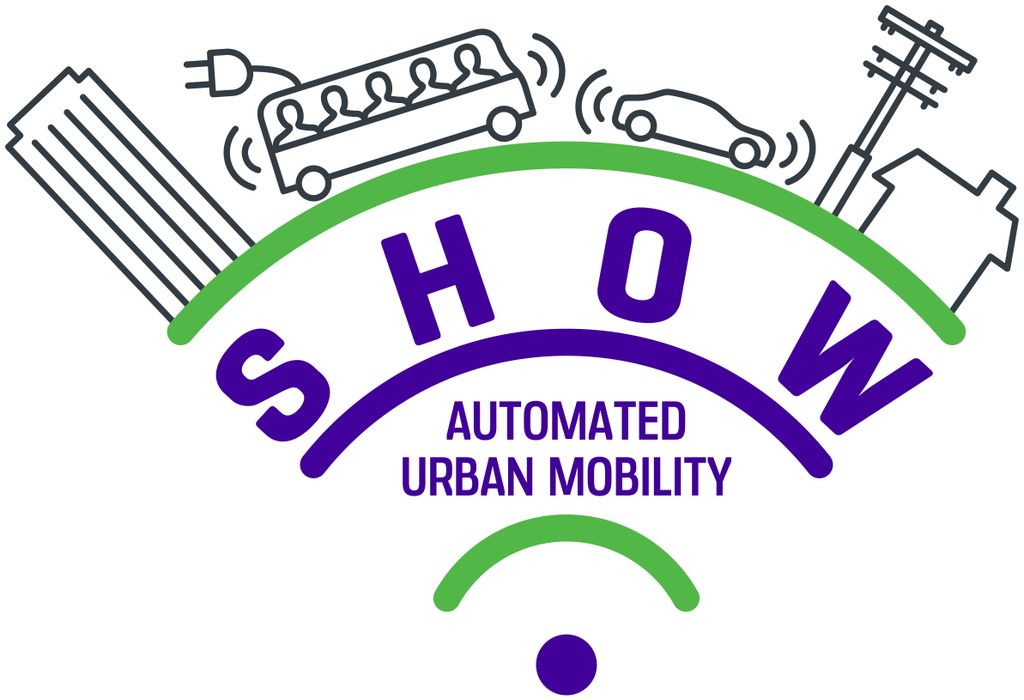
Automated Urban Mobility (FREE E-Learning)
About
UITP Academy is launching an E-Learning programme together with the EU-funded SHOW (SHared automation Operating models for Worldwide adoption) Project on Automated Mobility.
The arrival of driverless vehicles represents a unique opportunity for a fundamental change in urban mobility and could lead to safer, healthier, more competitive and greener cities – but only if the vehicles are integrated into an effective public transport network. A future with automated and connected vehicles can have various outcomes depending on how they are designed, operated and regulated. Will they lead to more cars on the road, more urban sprawl and more congestion? Or will they contribute to shaping sustainable and livable cities, the regaining of urban space for people, less vehicles on the road and a higher quality of life?
The experience of operating fleets of automated vehicles remains limited today, therefore this training programme aims at learning from the current deployments operated by various mobility services providers worldwide. Participants will be learning from experienced trainers who are stakeholders of real-life driverless mobility services and the way forward for the introduction of automated vehicles in our cities.
The programme will cover the different modes like Bus, shuttles, and taxi, all deployed for shared mobility.
The SHOW Project has received funding from the European Union’s Horizon 2020 research and innovation programme under grant agreement No 875530n. Views and opinions expressed are however those of the author(s) only and do not necessarily reflect those of the European Union or European Commission. Neither the European Union nor the granting authority can be held responsible for them.
Find more information on the SHOW webpage.
Learning objectives
- Explore automated mobility and discuss the possible scenarios of introducing automated vehicles in the most sustainable way for our cities. If integrated with the existing public transport system, such vehicles could help deliver more sustainable urban mobility.
- Get inspired by current operational practice, technology and policy orientations: Learn from stakeholders who build and run automated vehicles or contribute to the design of policy and regulatory frameworks.
- Broaden your knowledge and perspective on the deployment and operation of automated vehicles by learning and sharing experience with professional leaders.
- Discover the different possible use cases of Automated Vehicles becoming reality in cities and more particularly in public transport.
- Get inspired from strategies and research projects undertaken by public transport companies, cities and the industry.
- Learn from the industry and operators on the technology and the integration with public transport.
Programme
This e-Learning module is compose of several modules that will made available to participants/learners to build a solid foundation and understanding of automated mobility.
The course can be taken at anytime from anywhere. Find more information on the SHOW webpage.
A recognised certification will be awarded to those who successfully complete all modules.
Who is it for?
- Targeting mainly PTO/PTA to support deployment of automated vehicles for urban mobility
- Professionals working for public transport authorities and operators planning to run fleets of automated vehicles
- Mobility professionals working in prospective research and development units in charge of preparing the future of automated mobility in cities
- Staff from the industry involved in the market uptake of automated vehicles
- Professionals interested in obtaining a wider and international perspective on the topic and eager to learn more from international best practice
- The course is suitable for participants from companies worldwide.
A good level of English an essential requirement to complete this course.

This project has received funding from the European Union’s Horizon 2020 research and innovation programme under grant agreement No 875530.

